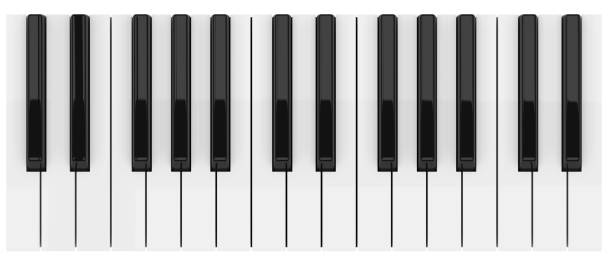}
The diatonic scale
PIANO FOR SONGWRITERS
PIANO FOR SONGWRITERS
Seven notes that give so much

No one knows the origin of the word diatonic. Its derivation is obscure. However, it has been defined since at least the middles ages as a scale of 7
tones. What makes a scale diatonic is the interval between each tone. These intervals are not the same throughout the scale and as consequence the black keys of a piano
are grouped in 2s and 3s.
Here is how (taking the diatonic scale of C as an example): Going from the first tone of the scale, the next note up is a whole tone to D. The next tone up from this is also a whole tone up to E. However the interval between the third and fourth tones E to F is a semitone (half tone). The next three tones are F, G and A - they are all whole tones apart. Finally we get to the seventh tone B and its interval to the C above is a semitone (half tone). A diatonic scale has five whole tone intervals and two semitone intervals with the semitone intervals being spread as far a part as possible.
Here is how (taking the diatonic scale of C as an example): Going from the first tone of the scale, the next note up is a whole tone to D. The next tone up from this is also a whole tone up to E. However the interval between the third and fourth tones E to F is a semitone (half tone). The next three tones are F, G and A - they are all whole tones apart. Finally we get to the seventh tone B and its interval to the C above is a semitone (half tone). A diatonic scale has five whole tone intervals and two semitone intervals with the semitone intervals being spread as far a part as possible.